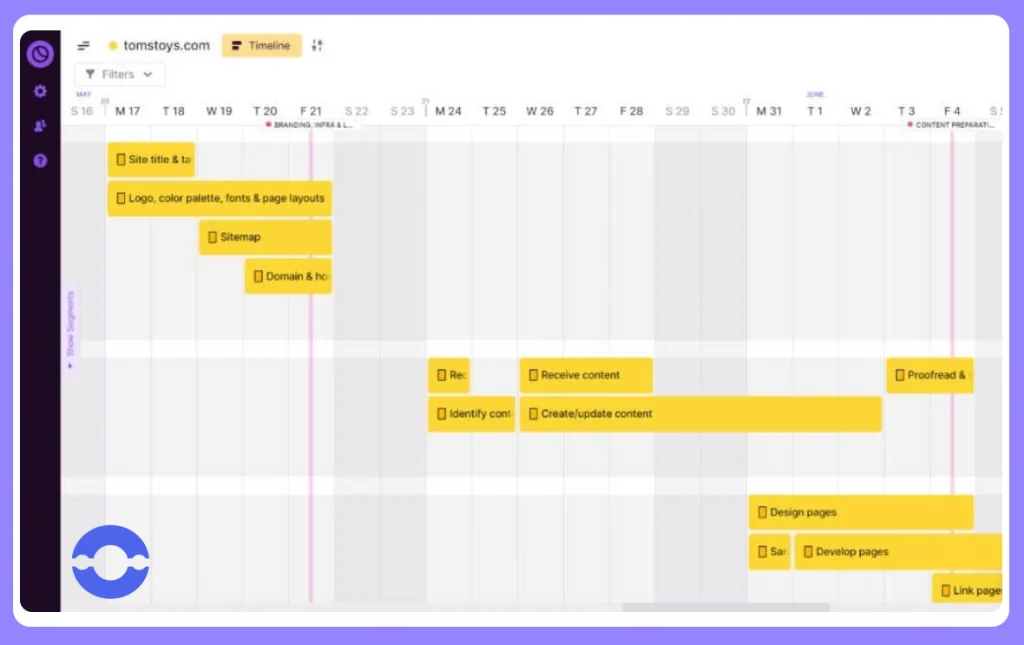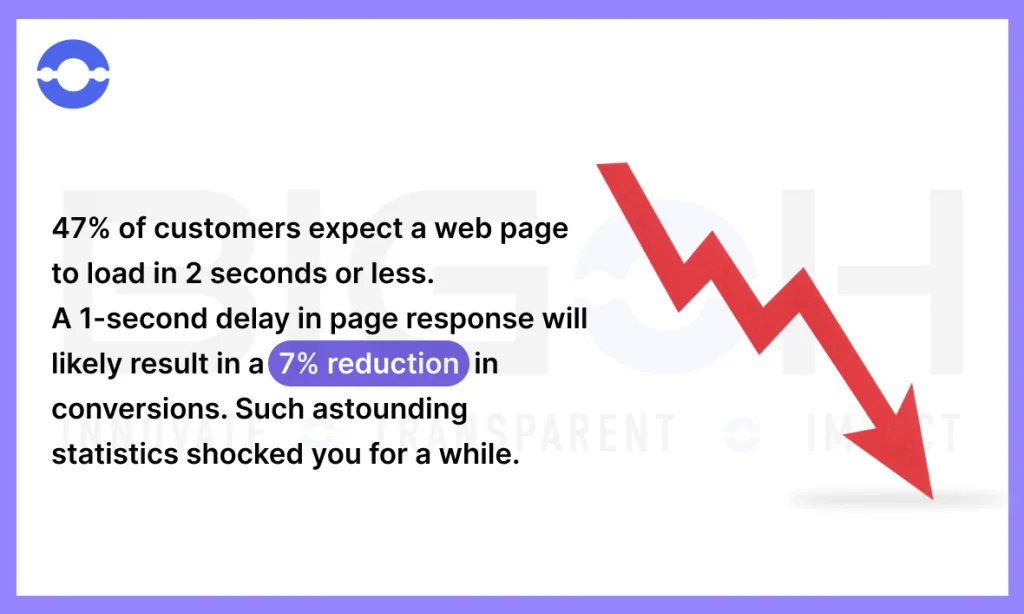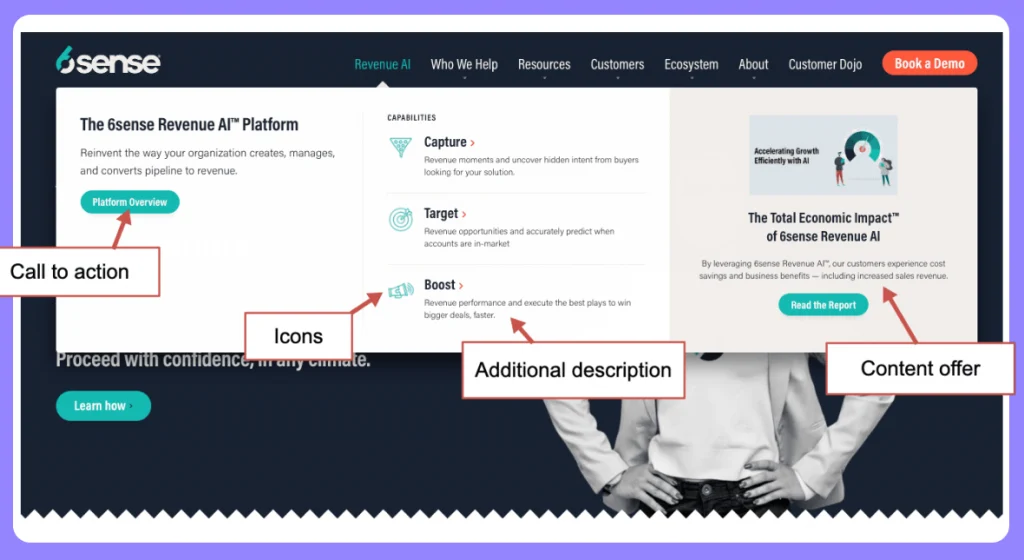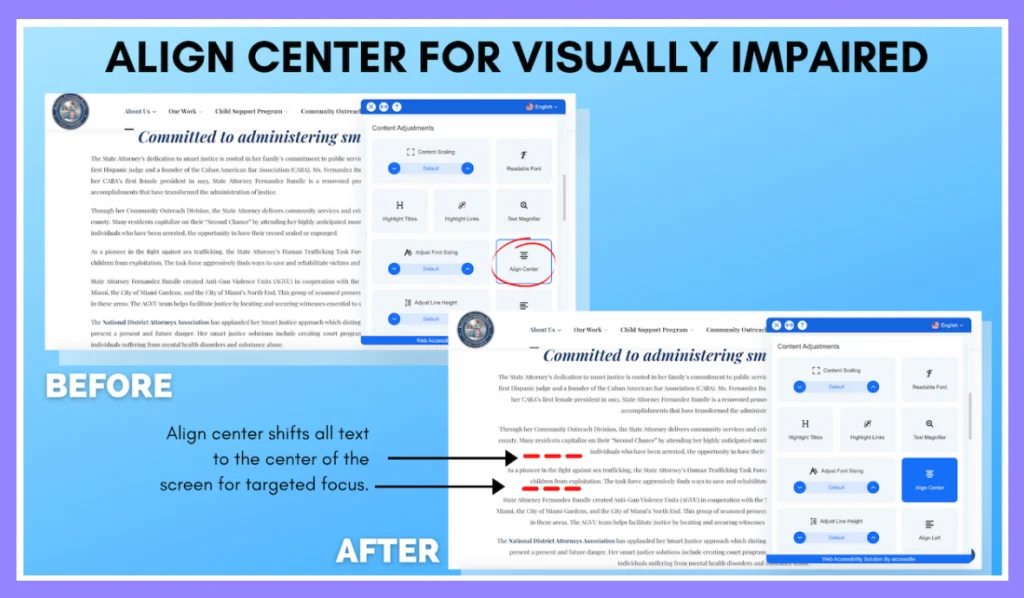
Do you want to grow your business and increase online visibility by developing scalable web apps?
Then, you have 2 options: hone your web development skills or collaborate with a web development agency that can help you do so. Following a second option saves you time and gets the best results you deserve.
Creating customized web apps requires you to follow the best practices for web development. Following such standard frameworks helps you take your web development game to the next level.
In this blog, we have compiled a list of the top 9 best practices for web applications that you should leverage in 2023.
What is Web Development?

Web development is the combination of 2 words – web and development.
Web means the website or web pages that work on the internet. At the same time, development is concerned with creating an application from scratch.
Creating, building, and maintaining websites and web applications is popularly known as web development. Web developers are responsible for creating websites, writing lines of code, using a variety of programming languages, etc.
It covers everything from coding to creating a technical design and ensuring that web applications run flawlessly.
According to Techopedia, Web development relates to handling non-design aspects of a website which involves coding, writing markup, network configuration, and CMS development.
Developing a website is the core element for business because creating websites lies at the heart of online marketing.
Web developers design various categories of websites, such as blogs, e-commerce sites, personal pages, social media sites, etc.
Top 9 Web Development Best Practices

1. Outline Your Project Requirements

Always start with your web development project with thorough planning and goal identification.
If the programmers put themselves into writing code, they may end up rewriting code repeatedly, which wastes their valuable time.
So, web developers should only start their web development journey with a fair understanding of project requirements.
Understand your project goal, whether related to retail website customization or simplifying an e-commerce app’s user interface. Simply don’t end up writing the code without knowing what you are doing, why you are doing it, and how you will do it.
Hence, having solid planning is necessary to keep your project organized, minimize the space for errors, and keep you focused without making random guesses.
2. HTML, CSS, and JavaScript Remain the Backbone of Website Development
Every coder knows that CSS, HTML, and JavaScript work differently. If you are a beginner in this, it’s imperative for you to know the fundamentals of these languages.
HTML and CSS are used to style and structure your website pages.
- HTML – The acronym of HTML stands for hypertext markup language. If you plan to develop a website or web app, HTML helps you style your code to fit your specific needs.
This programming language provides structure and tells web browsers how to display components on a web page, such as hyperlinks, text, and media files.
But, if you want to build a responsive website, there are more viable options than HTML.
- CSS – While CSS stands for cascading style sheet. CSS adds style to your website and makes your website look better and visually appealing. Web developers can use CSS to style websites, such as background, color, layout, spacing, animations, etc.
- JavaScript – You might have used JavaScript couple of times which is considered as a king of web development.
With JavaScript, developers can add dynamic features to websites, and it is especially suitable for designing interactive and user-friendly front-end web applications.
Remember! Always keep these programming languages separate, as combining one or two programming languages makes your project messy.
Know more about responsive web benefits
3. Make Sure That the Speed and Performance of the Website Remain Top-Notch
Every second does count for your users. If your website takes too much time to load, you are giving visitors a reason to leave your website before the content has even loaded.

47% of customers expect a web page to load in 2 seconds or less.
A 1-second delay in page response will likely result in a 7% reduction in conversions. Such astounding statistics shocked you for a while.
Users stick with those websites which offer faster download speed and high performance.
If that’s not the case with you, don’t expect them to wait for your website to load; instead, they would prefer to find a competitor’s website which loads quickly.
Such a bad web development practice hampers your website ranking and harms your conversion rate.
Here are some best practices for web development that will help you to optimize your website-
- Be smart while selecting the media type and image size. Try avoiding large pictures and video files.
- If your website is flooded with interactive multimedia, consider using a content distribution network (CDN) to reduce the number of requests to the server.
- Avoid excessive white space on your website, as it slows down performance.
- Keep an eye on the coding of your website because deleting unnecessary components can improve the speed of your website.
4. Code Smarter, No Longer
Writing smart code is one of the best practices of web development. Every code you write has a specific purpose, so avoid writing long lines that make it difficult for fellow developers to understand.
If you want to deliver high-quality web development services to your clients, make it a habit of writing short lines of code.
Overproducing codes increases the chances of bugs meaning your website won’t give an excellent performance to visitors.
When it comes to doing smart coding, ask yourself whether this code solves a specific problem or not.
While writing smart codes, make sure you utilize the feature of code commenting, which means inserting short notes to make others understand why a code snippet works in a particular way.

5. Confine to the Web Development Standards
We all know that trying out creative ways brings excellent results for your website. But sometimes, things don’t work in the way expected. More importantly, website development is not an exception anymore.
But, by adopting web design practices, you can stay on the creative side of things and, at the same time, avoids unnecessary complexities in your web development project-
- The website should have a simple and intuitive navigation bar because complex navigation interfaces frustrate the users
- Hyperlinks should have a suitable size and should be visible to the user
- Every component on your website should be placed at the optimal location.
For example – The company’s logo should be visible on the top left corner of the home page.
6. Having a Good Navigation System

Another website design practice is to have a seamless navigation interface. The buttons should be visible on the website and drive the users to explore the website intuitively.
A seamless website navigation interface keeps the users interested and lets them spend more time on your website. Such a clear navigation system helps you convert website visitors into buyers.
Moreover, your website should mention the company’s brand assets along with contact information which gives a signal to visitors about what your company does.
Lastly, remember to make your website mobile-friendly because most users prefer to access the website through mobile devices. This will ensure that the appearance of your website looks good across all devices.
7. Establish Multi-Device Compatibility

Most users intend to visit websites through more than one device. In fact, many of them are likely to come through mobile devices.
As every device, such as a smartphone, laptop, or tablet, comes in various sizes, you must ensure that websites are designed and developed with cross-platform compatibility.
If the website is not compatible with a particular browser, it might affect user experience and negatively impact your business.
So, it’s important for you to perform compatibility testing to ensure that your product runs flawlessly across all devices.
Compatibility testing is important for you because:
- It helps you figure out loopholes in the development process and fix them.
- Ensure that your website has the optimal functionalities, security, and usability and is confined to customers’ needs.
- Make further improvisations in delivering a high-quality product that meets your customer expectations and increases your brand reputation.
8. Make Use of SEO Strategies Wisely
SEO serves as the foundational pillar for the success of an online business. Undoubtedly, SEO is a complex process, but the optimization of websites is crucial for improving a site’s visibility and boosting rankings.
Businesses no longer need to rely exclusively on word-of-mouth marketing as SEO makes it easier for customers to find your business and connect with you.
As a web developer, you might now know the importance of optimizing your website for SEO because failure to do so leads to a steady decline in your Google rankings.
So, it’s crucial for you to take care of SEO optimization in the early stages of website development.
Here are some cost-effective ways to help you get more visibility on search engines-
- Do effective keyword research to find the exact words/phrases people seek. Then, use those keywords naturally throughout the website content, meta description, and headings.
- Structure your website content using header tags.
- Build high-quality backlinks to boost the visibility of your website.
9. Implement Accessibility Features

Web accessibility means making the website accessible for everyone, including people with visual or mobility impairments.
Tim Berner Lis (W3C director and inventor of the World Wide Web) says that the web’s power lies in universality. Furthermore, he said that access by everyone, regardless of disability, is essential.
Implementing accessibility features is one of the best practices for web application development in 2023, and it can be done in the following ways-
- To make it easier for web readers, using appropriate HTML tags for headings and subheadings helps screen readers and search engines understand your web page’s structure.
- Adding an ALT text, aka an alternative text, helps the screen readers, especially visually impaired ones, to understand what an image is about
- A color contrast checker proves to be an effective way to evaluate whether the background color and text have sufficient contrast.
End Notes
As you already know, web development is an evolving concept, so staying updated with the latest trends and technologies helps you create secure and high-performing web applications. Hence, the future of web development looks brighter and promising way ahead.
The above 9 web application development practices help you eliminate manual errors and create successful websites that keep you ahead of your competitors.
So, if you want to collaborate with the dedicated web development team that will increase your brand visibility by 10x. In that case, we are here to guide you at every stage of the development process.
Having an experience of 8+ years, we aim to develop responsive and SEO-friendly websites that give an unforgettable experience to your users. So, not to think more.
Join our waitlist now for a free 30-minute consultation session from best-in-class web development experts.




